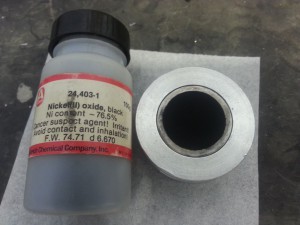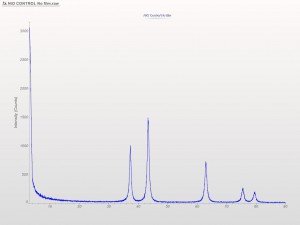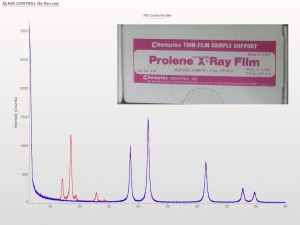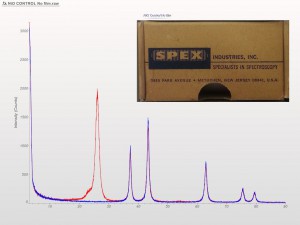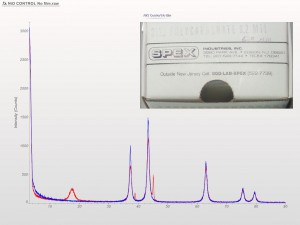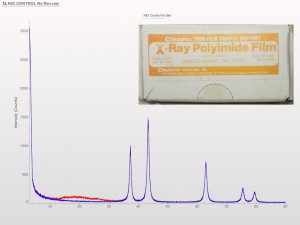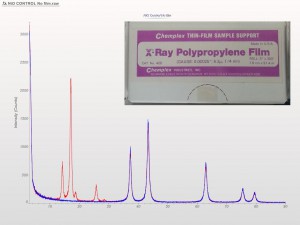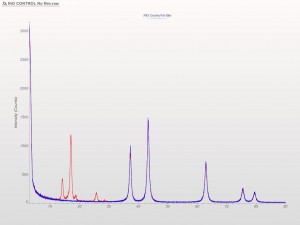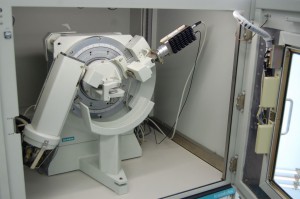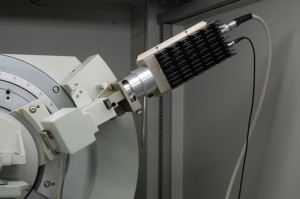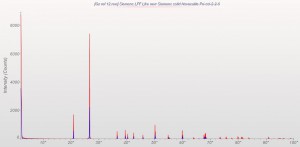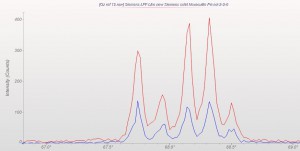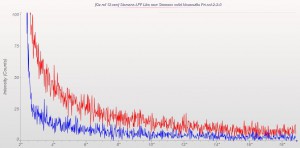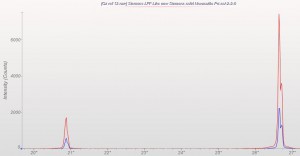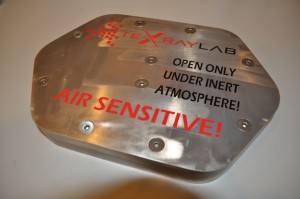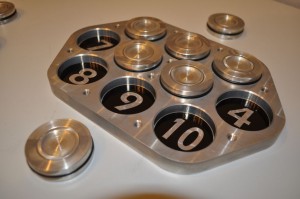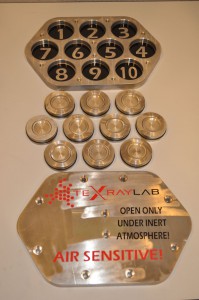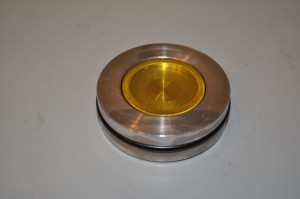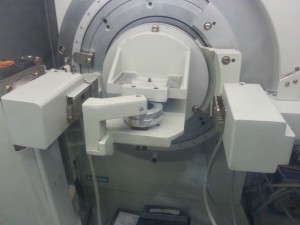 Our recent sealed sample cell project required a thin covering film to be applied over loose powder before analysis by XRD. We tested a few options for this film as part of the design process and the results were interesting enough that we thought it would be worth dedicating a full post to that data and expanding the range of materials a bit to satisfy our curiosity.
Our recent sealed sample cell project required a thin covering film to be applied over loose powder before analysis by XRD. We tested a few options for this film as part of the design process and the results were interesting enough that we thought it would be worth dedicating a full post to that data and expanding the range of materials a bit to satisfy our curiosity.
All data was collected on our primary powder system. This is a Siemens D5000 configured with a theta/theta goniometer, automatic anti-scatter and divergence slits, a standard sealed Cu tube (LFF) and our new KSA-XRD-150 detector system. We alternate between a digital phi stage, 40-position autosampler and the standard, single sample stage which was used in these experiments. I had a spare sealed-sample cell available which made it easy to exchange the films without disturbing the sample surface. The design of these stretches the film taught each time the cell is assembled. I’d originally tried to simply lay the film over a side-load holder, but without being tightly held, it would buckle enough that results at low angles were probably affected. A NiO standard powder was used due to its high purity and compositional difference from any of the film materials.
The data clearly shows that Polyimide was the best choice for this application as it resulted in very limited attenuation as well as an extremely minimal increase in background intensity/amorphous scatter. Some of the other patterns were very interesting though.

